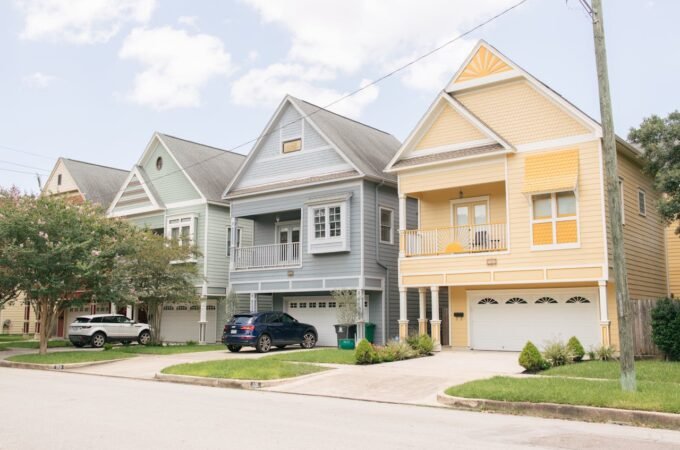
Here’s Why Property Managers Love CIPP
If you are someone who handles rental property, then you would know the struggle of having to deal with a number of maintenance and repair issues. Whether it is a residential or commercial space, property managers should always take into account a number of factors when dealing with various issues.
With that in mind, this article will focus on cured-in-place piping (CIPP) and their role in pipe restoration as well as no dig pipe restoration. Furthermore, as the title of this article suggests, we’ll also be covering why property managers love CIPP.
All About Pipe Problems
One thing to take note of is that pipe problems can arise from a number of sources. It can be caused by freezing temperatures, improper installation, and so much more. So, before you call the maintenance team, it is crucial that you attempt to become aware of the cause.
There’s also a high chance that the water capacity of these pipes has been underestimated. However, one of the most common causes of the failure of a property pipe is simply aging.
What Do These Pipe Problems Mean for a Building Manager?
As a building manager or property manager, you have to understand the risks posed by pipe leaks. It is crucial to repair them as soon as possible to ensure that no one is harmed overtime.
What is CIPP and How Does it Work?
CIPP, also referred to as Cured-In-Place Piping, is a form of repair that is much more practical and a little bit more cost-effective. This is an effective option if you are looking for ways to complete or perform a sewer line replacement.
With CIPP, you get a structural restoration for the pipes even without the need to dig into the current pipeline. As a result, this no dig pipe restoration is most likely beneficial for a number of property managers because of the following reasons.
Why Should You Opt for a CIPP Process as a Property Manager?
First and foremost, the CIPP process is a jointless method of reparation and renovation. It points repairs that can aid in the improvement of flow quality as well as eliminate any type of infiltration and exfiltration of the specific repair location.
Most of the time, point repair installation typically comes in pipe diameters that range from six inches up to 54 inches. Moreover, pipe lengths range from two feet up to 30 feet.
When it comes to the CIPP process, property managers would be happy to know that this repair method can easily be installed in just a matter of hours. Furthermore, it will not cause any form of disruption to the line. As a result, the whole community would be happy to rid itself with any unwanted noise or smell.
Final Thoughts on This No Dig Pipe Restoration
In the end, property managers should always resolve these kinds of issues in a more practical manner. With that in mind, what’s more practical than employing the CIPP process during any necessary pipe restoration within the community?
About to do pipe repairs but worried about disrupting tenants in the building? Go for no dig pipe restoration. Contact our team today at Advanced Pipe Repair to know more.






